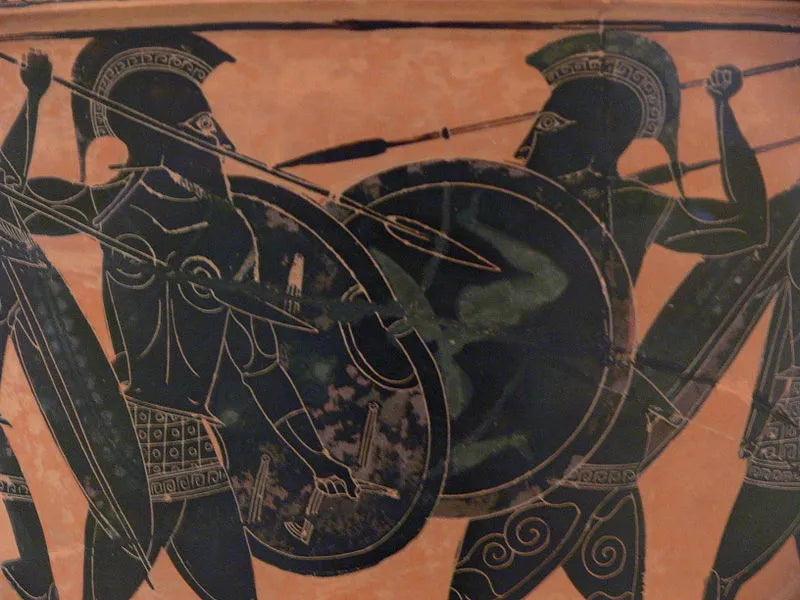
Brief History of Body Armor
The History of Body Armor
Body armor has been around for centuries, dating back to the Bronze Age. The earliest body armor was made of materials like leather, wood, and metal. These early forms of body armor were not very effective, but they provided some protection from blunt force trauma and small projectiles.
The first major advancement in body armor came in the Bronze Age, when metalworking techniques improved. This allowed for the development of more effective body armor made from bronze. Bronze body armor was much more effective than earlier forms of body armor, and it provided significant protection from swords, spears, and arrows.
The next major advancement in body armor came in the Middle Ages, when the development of plate armor made body armor even more effective. Plate armor was made from metal plates that were linked together to form a protective suit. Plate armor was very effective at stopping swords, spears, and arrows, and it made soldiers virtually impervious to injury.
The development of firearms in the 16th century brought about a new challenge for body armor. Firearms could penetrate even the thickest plate armor, making it obsolete. This led to the development of new forms of body armor, such as chainmail and quilted armor. These new forms of body armor were not as effective as plate armor, but they were still able to provide some protection from firearms.
The 20th century saw the development of new materials, such as Kevlar, that made body armor even more effective. Kevlar is a synthetic fiber that is very strong and lightweight. It is also very resistant to bullets, making it the ideal material for body armor.
In the 21st century, body armor has continued to evolve. New materials, such as ceramic and polyethylene, have been developed that offer even greater protection against bullets and shrapnel. Body armor has also become more lightweight and comfortable to wear, making it more practical for everyday use.
Here are some of the most notable types of body armor used in the 21st century:
- Ceramic body armor: Ceramic body armor is made from ceramic plates that are designed to shatter when struck by a bullet. The shards of ceramic then absorb the energy of the bullet, preventing it from penetrating the armor. Ceramic body armor is very effective at stopping high-velocity bullets, such as those fired from rifles.
- Polyethylene body armor: Polyethylene body armor is made from a synthetic polymer that is very strong and flexible. It is not as effective as ceramic body armor at stopping high-velocity bullets, but it is more lightweight and comfortable to wear. Polyethylene body armor is often used by law enforcement officers and security guards.
- Soft body armor: Soft body armor is made from layers of fabric that are designed to trap and slow down bullets. Soft body armor is not as effective as hard body armor at stopping high-velocity bullets, but it is more lightweight and comfortable to wear. Soft body armor is often used by civilians who are at risk of being shot, such as security guards and taxi drivers.
The development of body armor is a continuous process. As weapons technology continues to advance, so too will body armor technology. The future of body armor looks bright, and it is likely that even more effective forms of body armor will be developed in the years to come.
If you are interested in learning more about the history of body armor, contact us at HopliteArmor.com.
